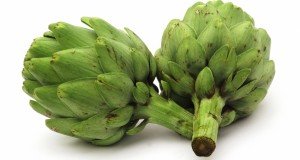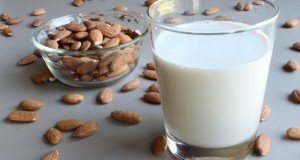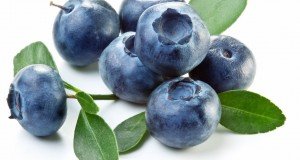75% of non-organic spinach contaminated with a neurotoxic bug killer that is banned in Europe
(NaturalHealth365) Leafy, green spinach has become the darling of dietitians and nutritionists – and for good reason. Packed with vitamin C, vitamin K, folic acid, iron, calcium and fiber, spinach is a true superfood that can support eye health, promote healthy weight and even help prevent cancer. But, there’s something more you should know.
Recent tests conducted by the United States Department of Agriculture (USDA) have yielded disturbing results – close to three quarters of conventionally-grown spinach samples tested were found to contain residue from a toxic insecticide.
The ominous fact is: rates of contamination of non-organic spinach have spiked dramatically since the USDA’s last series of tests, performed in 2008 and 2009. In fact, the latest tests (performed in 2015 and 2016) showed that conventionally-grown spinach contains far more pesticide by weight than any other crop tested – a strong argument for buying spinach that is organically grown.
SHOCKING results: Scientists analyzed over 600 samples of spinach
The USDA assessed 642 conventionally-grown spinach samples, and found a shocking 7.1 pesticides, on average, on every sample. (In one particularly toxin-laden sample, the total was 18 different pesticides – or their breakdown products.)
Four pesticides in particular – one insecticide and three fungicides – accounted for most of the residue found on spinach.
Permethrin, a neurotoxic insecticide, was found on 76 percent of the samples.
Alarmingly, the trio of fungicides most commonly found on spinach (mandipropam, fluopicolide and ametoctradin) did not appear at all in earlier tests.
In addition, 16 of the samples had concentrations that violated the EPA’s maximum pesticide residue limits, while 83 samples had residues of pesticides that are prohibited for use on spinach.
The results earned spinach the second place position – right behind strawberries – on the Environmental Working Group’s “Dirty Dozen” roster, which is compiled as part of the EWG’s 2018 Shopper’s Guide to Pesticides in Produce.
Previously ranked at Number Eight, spinach contained more than twice the amount of pesticides found on the rest of the Dirty Dozen.
To view the entire “Dirty Dozen” – and to learn which fruits and vegetables made the “Clean Fifteen” — visit the link here.
Found in more than 1,400 registered products: Permethrin is a widespread threat
Not only is permethrin utilized on food crops, lawns, livestock and pets, it is also used on humans to treat scabies and head lice – and is sprayed liberally in public health mosquito control programs.
At high levels, permethrin overwhelms the nervous system, causing tremors and seizures. According to the National Pesticide Information Center, permethrin on the skin can cause burning or itching.
In addition, ingesting permethrin – or breathing it in through fumes – can cause abdominal pain, nausea and vomiting, difficulty breathing and headaches. Can you imagine what it’s like for the farm workers?!
As if that weren’t enough, here’s another good reason to say “no thanks” to permethrin in your spinach salad. The U.S. Environmental Protection Agency (EPA), which is currently assessing the health risks of permethrin on food, already acknowledges that the pesticide is likely to be carcinogenic if eaten.
(By the way, the United States would do well to follow the E.U.’s lead in this matter. Use of permethrin in food crops has been banned in Europe since 2000).
Recent research: Exposure to permethrin doubles risk of ADHD in children
Animal research has shown that permethrin causes abnormalities in the body’s levels of dopamine, a neurotransmitter that helps govern emotion and behavior. And recent studies have shown an association between permethrin-type insecticides and neurological effects in children – even at lower-level exposures.
In a 2015 study published in Environmental Health, researchers analyzed data in a nationally representative sample of US children ranging in age from 8 to 15. They found that children who had detectable permethrin residues in urine were twice as likely to be diagnosed with ADHD (attention deficit/hyperactivity disorder) – as children in whom no permethrin could be detected.
The team noted that hyperactive-impulsive symptoms increased by 50 percent with every 10-fold increase in residue. As with the animal research, the association was stronger for males.
In a letter to the EPA, the EWG urged the agency to consider permethrin’s potential risks to the neurological development of children.
Reduce exposure to toxic pesticides by choosing organic spinach
Natural health experts strongly advise opting for spinach that is labeled USDA certified organic. Organic produce – which must be grown without the use of synthetic pesticides, GMOs and petroleum-based fertilizers – contains far fewer toxic chemicals.
In addition, organic farming practices – which include natural methods of fertilization and pest control – reduce pollution, conserve water, enrich the soil and use less energy.
And, studies have shown that organic food is higher in certain essential nutrients and disease-fighting antioxidants.
In light of the rampant permethrin contamination discovered in hundreds of spinach samples, the decision to buy organic spinach seems like a “no-brainer.”
Sources for this article include:











